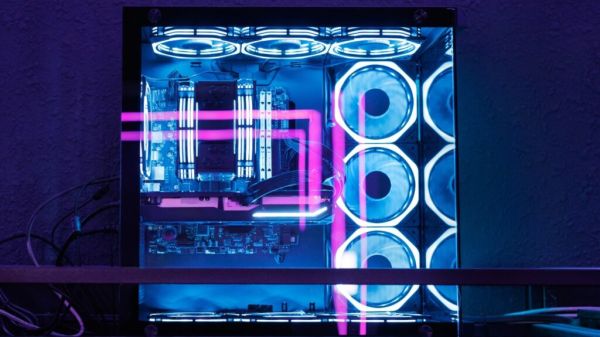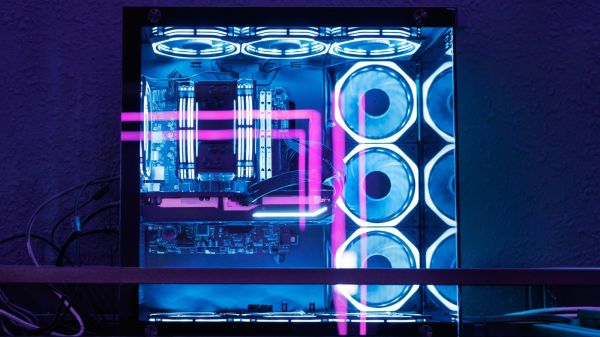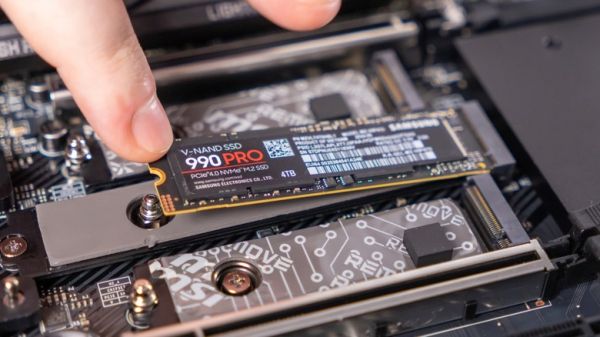If you don’t remember a time when SSDs didn’t exist, it’s easy to take for granted how much of a difference they make in modern gaming. Before the 2010s, HDDs, the mechanical predecessor of SSDs, were enough to run anything. Yes, including the famously PC-crushing “Crysis”. But HDDs, being mechanical, are prone to failure, often physically bigger, and most importantly, a lot slower than SSDs.
It’s no wonder SSDs quickly replaced HDDs as the default ROM storage component in computers and current-generation consoles. In fact, it’s gotten to the point that an SSD has become a compulsory requirement for some major must-play AAA titles, like “Baldur’s Gate 3,” for example.
Still, it’s not enough to simply have an SSD. While they’re generally better than HDDs, there are still levels to the SSD game, and it all boils down to read and write speed. One of the slowest SSD types, a SATA SSD, for instance, usually has a read and write speed of 200 to 500 MB/s — miles better than the 80 to 160 MB/s you’ll get on standard HDDs. But these are nothing compared to 2,000+ MB/s you can get from an NVMe SSD. You should check out our post on the difference between a SATA and PCIe SSD if you want to learn more about the differences.
But how much do these speeds affect your game? And is there a point where faster write speeds don’t matter anymore?
How do SSDs improve game speeds?
Since SSDs are primarily where your video game installation files are stored, how can they be important to video game speed? Why isn’t it better to get a large HDD for cheap storage and download all the games you want on it instead of using a smaller and more expensive SSD? You may think, “after all, it’s only for storage, the RAM, GPU, and CPU should do all the real heavy-lifting.” That’s true, but you’re missing one crucial part: loading screens.
When a game loads, it takes the assets and data from your SSD, moves them to the RAM, the graphical assets are then sent to the VRAM, and finally the GPU renders the frame. The movement from SSD to RAM relies heavily on the read and write speeds of your SSD. Many of the newer open-world games use a process called “streaming,” where the world around you is loaded into the RAM, but as you move, the game constantly pulls in textures, models, and sounds from storage. Slow storage will slow down this process, and you may notice stuttering, lag, or even crashes.
This doesn’t mean that your games will load infinitely faster the faster your SSD gets, remember that SSDs are only a part of the loading process. Moving from a SATA SSD to a PCIe SSD can see considerable (up to 35%) loading time improvements depending on the game. However, moving from a PCIe 3.0 to a PCIe 4.0 SSD would make a marginal difference, if any at all. A 5,000 MB/s SSD and a 7,500 MB/s one will give very similar performance in terms of gaming. While these SSDs may read and write faster outside of gaming, other important components like engine optimization also contribute greatly to gaming speeds.









